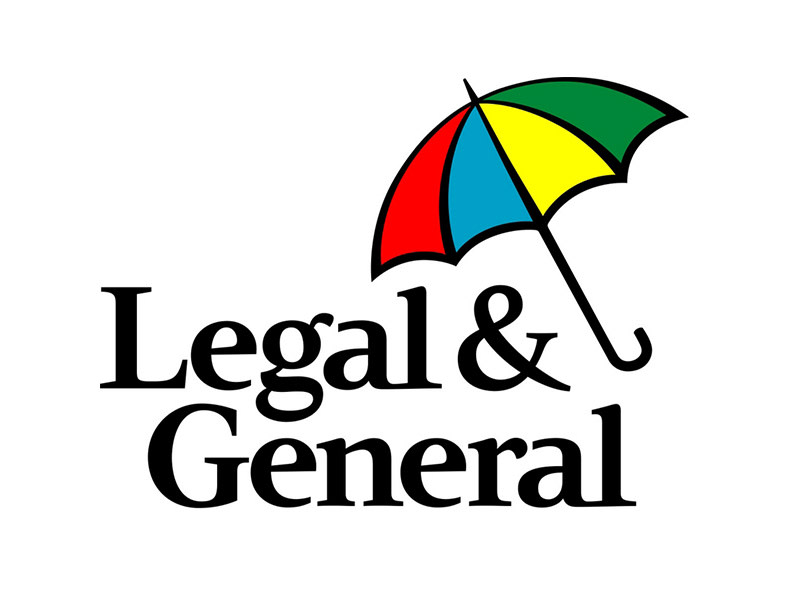Legal & General is one of the UK’s leading providers of passive funds
We think this fund is an excellent option for accessing the UK gilt market
The fund is a simple, low-cost way to track the FTSE Actuaries UK Conventional Gilts All Stocks Index
This fund features on our Wealth Shortlist of funds chosen by our analysts for their long-term performance potential
How it fits in a portfolio
Gilts are bonds issued by the UK government. When buying them, you’re effectively lending money to the government. They’re typically viewed as lower risk, because it’s unlikely the government would default on its bonds, though it’s not guaranteed. Gilts can also pay an income, but this has tended to be lower than corporate bonds.
The Legal & General All Stocks Gilt Index fund invests solely in gilts which provide exposure to the UK government debt market. Funds that just invest in one type of investment can increase concentration risk so they should only form a small part of a well-diversified portfolio.
An index tracker fund is one of the simplest ways to invest, and we think this fund could be a good, low-cost starting point for a portfolio aiming to provide a combination of income and growth. It could be a good addition to a more conservative portfolio or could diversify a portfolio focused on shares or corporate bonds.
Manager
Legal & General has been running index tracker funds for over 30 years and is one of the largest providers of tracker funds. That means it’s got the resources and expertise to track indices as closely as possible, and the scale to keep charges to a minimum.
Each fixed income index fund at Legal & General has a primary and secondary manager, though in practice the team as a whole helps to manage each fund. Alongside the wider team, Ciera Radia is the primary manager responsible for this fund. She joined Legal & General from Schroders in 2018 as a fund management analyst and worked her way up to become a fund manager in the fixed income index team. Nelson Nery is the secondary manager. He joined Legal & General in 2017 after working at Pioneer Investments as a Senior Portfolio Construction Analyst. There he managed a range of fixed income funds with a focus on global corporate bond funds.
Process
This fund tracks the performance of UK gilts as measured by the FTSE Actuaries UK Conventional Gilts All Stocks Index. It aims to invest in every gilt in the index and in the same proportion. This is known as full replication and helps to closely match the performance of the index.
The fund is currently made up of 64 gilts with varying maturities. This includes some green gilts which are debt issued by the UK government to finance projects that have clearly defined environmental benefits.
In any index tracker fund, costs drag on performance and higher costs can lead to a bigger tracking difference between the fund and its benchmark. Legal & General use different strategies in an attempt to keep costs as low as possible. For example, they will try to reduce trading within the fund as it drives up costs.
If a new gilt is added to the underlying index, the team may wait until the price is lower before buying it for the fund. This again reduces costs which helps keep it in line with its benchmark.
Legal & General is a conservative tracker fund manager. They don't lend investments in their fixed income funds like some other companies do.
Culture
Legal & General has continued to develop their passive fund range over the last three decades. They manage around £482bn in tracker funds, allowing them to offer a wide range of index-tracking options.
They’ve built a team of experienced passive fund specialists and they’re innovative too. If an index doesn’t exist for a sector they’d like to track, they’ll often work with index providers to create one so they can track it.
The team running this fund works closely with various risk departments across the business. We believe this provides support and adds challenge where appropriate.
Employees are also encouraged to participate in Legal & General’s sharesave scheme which should encourage them to be more engaged with the growth of the company. In addition, a portion of portfolio managers’ bonuses are invested into the funds they manage. By doing this, their interests are further aligned with the investors in the fund.
ESG integration
Legal & General Investment Management (LGIM) is predominantly a passive investor, but we are impressed with the extent to which they have woven Environmental, Social and Governance (ESG) into their culture. Being a mostly passive fund house hasn’t stopped them being innovative when it comes to ESG.
In May 2019, the firm launched its ‘Future World’ range of funds. These funds track indices that increase investments in companies that score well on a variety of ESG criteria – from the level of carbon emissions generated, to the number of women on the board and the quality of disclosure on executive pay. They also reduce exposure to companies that score poorly on these measures.
In 2019, LGIM established its Global Research and Engagement Platform, which brings together representatives from the investment and stewardship teams, in order to unify their engagement efforts. Engagement is conducted in line with the firm’s comprehensive engagement policy. A detailed description of the firm’s engagement and voting activity (including case studies) is available in its annual Active Ownership report.
LGIM’s Stewardship team is responsible for exercising voting rights globally, both for LGIM’s active and index funds. Voting decisions are publicly available through a tool which allows a user to search for any company to find out how LGIM voted.
As the Legal & General All Stocks Gilt Index Trust tracks an index of gilts, it does not specifically integrate ESG considerations into its investment process.
Cost
The fund has an annual ongoing annual fund charge of 0.15%, but a discount of 0.07% is available for HL investors, which reduces the charge to 0.08%. We believe this is good value when compared with other gilt tracker funds on the HL platform. Our platform charge of up to 0.45% per annum also applies, except in the HL Junior ISA, where no platform fee applies.
Please note charges can be taken from capital, which can increase the yield but reduces the potential for capital growth.
Performance
The fund has tracked the FTSE Actuaries UK Conventional Gilts All Stocks Index closely over the last 10 years returning 5.85%* versus the benchmark’s return of 7.80%. As is typical of index funds, it’s fallen behind the benchmark over the long term because of the costs involved. However, the tools used by the managers have helped to keep performance as close to the index as possible.
During the last 12 months, the fund has continued to do a good job of tracking the performance of gilts as measured by its benchmark. Over this period, the fund has broadly ended up where it started and returned -0.16%. This compares to the benchmark’s return of -0.03%.
Despite having lower default risk, gilts can still be volatile at times and their prices fluctuate due to wider economic factors like changes in interest rates. As interest rates rise, we would expect the price of gilts to fall and vice versa. The price of gilts have suffered over the past few years as interest rates in the UK were increased 14 times in a row up until August 2023 where they reached their highest level since 2008.
Interest rates also have an impact on gilt yields. Higher interest rates have led to a fall in the price of gilts but an increase in the level of income that they pay. Gilts are offering attractive yields for the first time in a long while. The yield for the Legal & General All Stocks Gilt Index Trust was 4.29% as of 5th April. Yields aren’t guaranteed and shouldn’t be considered a reliable indicator of future income.
Given Legal & General’s size, experience and expertise running index tracker funds, we expect the fund to continue to track the index well in the future, though there are no guarantees. A glance at the five-year performance table below shows that in some years the fund has tracked the index closer than others.
Annual percentage growth
Mar 19 – Mar 20 | Mar 20 – Mar 21 | Mar 21 – Mar 22 | Mar 22 – Mar 23 | Mar 23 – Mar 24 | |
|---|---|---|---|---|---|
Legal & General All Stocks Gilt Index Trust | 10.03% | -5.60% | -5.35% | -15.99% | -0.16% |
FTSE Actuaries UK Conventional Gilts All Stocks Index | 10.48% | -5.70% | -5.43% | -16.39% | -0.03% |


